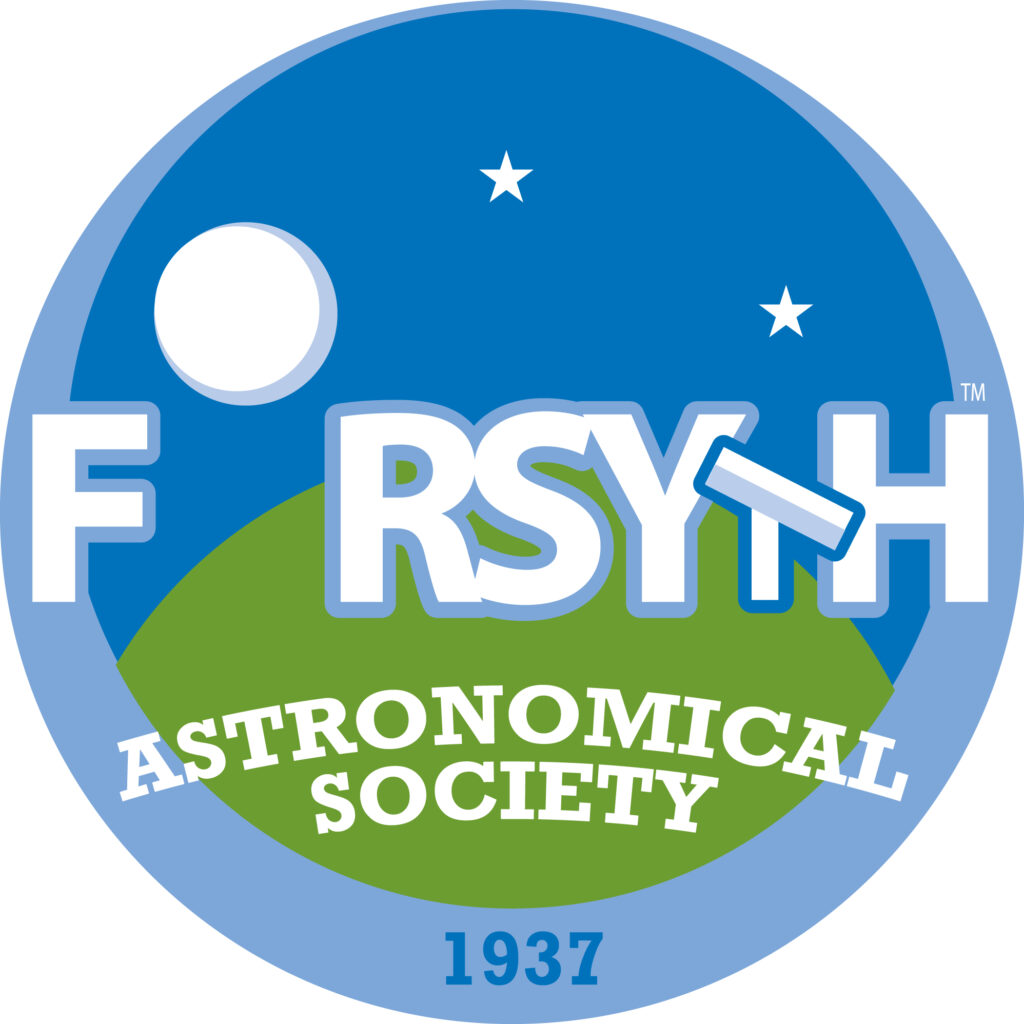When you are starting out and first want to explore the night sky, you don’t necessarily need a telescope. You can always begin with a pair of binoculars. They are generally lighter, less expensive, and easier to transport. Binoculars have a wider field of view, but a lower magnification. They also allow you to look with both eyes rather than squinting through the single eyepiece of a telescope.
Binoculars can provide a nice view of some of the brighter objects (particularly the Moon). However, you might have some trouble holding them steady and a mount could be helpful. Leaning against a wall or sitting in a chair often does the trick.
As with telescopes, make sure to purchase binoculars with quality optics and a solid construction from a reputable supplier. Cheap “department store” binoculars will probably not work too well.
Porro Prism and Roof Prism Binoculars

Porro prism binoculars are less expensive and are the usual choice for astronomy.

Roof prism binoculars are lighter, but generally more expensive.
Magnification X Field of View
Binoculars have two numbers associated with them, the magnification and the size of the front lenses (which determines the field of view). For example, 10 X 25 binoculars provide a magnification of 10X and have 25mm lenses. Some suggest using a lower magnification to reduce the shaking of the image.
Binoculars for Astronomy
Large binoculars designed specifically for astronomy are also available. These typically require some type of a mount and might be something to try after you have some stargazing experience.
For many, a standard tripod will do (left image). However, others have suggested using a monopod or possibly a parallelogram mount (right image). If you are really creative, you could build a binocular chair. A few random links are found below.




Further Reading
- Alan MacRobert. “Binoculars for Astronomy: Ultimate Guide To Selecting and Buying.” Sky & Telescope. July 30, 2015.
- Brian Ventrudo. “How to Choose Astronomy Binoculars.” Cosmic Pursuits. April 12, 2020.
- Jim Shickley. “Stargazing with binoculars: a beginner’s guide.” BBC Sky at Night. August 24, 2018.
- Jamie Carter. “Stargazing with Binoculars; Beginner Tips.” Space.com. September 9, 2021.
- Chris Williamson. “Telescope or Binoculars For Stargazing [How to Decide].” Astronomy Scope.
- Todd Vorenkamp. “Binoculars for Astronomy and Stargazing: Part 1.” B & H Photo. May 10, 2022.
- “When choosing a pair of binoculars, what factors should I consider?” Celestron.
Resources (Binocular Mounts)
- “NEEWER Professional Camera Monopod.” Amazon.
- “Orion 5378 Paragon HD-F2 Heavy Duty Tripod.” Amazon/Orion.
- “Orion Tritech II Field Tripod with Fluid Pan Head.” Orion.
- “Orion Tritech CFX Carbon Fiber Tripod with 3-Way Pan Head.” Orion
- “NEXCAM® AXIS RC 360 Rocking Chair.” Amazon.
- “Homemade Parallelogram Mount.” Refreshing Views/YouTube. August 3, 2021.
- “How To Build An Astronomical Binocular Chair.” Wayne Schmidt/YouTube. May 11, 2017.
- Sana Ijaz. “3 Best Parallelogram Mounts for Binoculars (Stable Viewing).” Dean Optics.
- “Orion Paragon-Plus Binocular Mount without Tripod.” Orion.
- “Orion Paragon-Plus XHD Extra Heavy-Duty Tripod.” Orion.
- “Orion Paragon-Plus Binocular Mount and Tripod.” Orion.
- “Orion Paragon Plus Binocular Mount – Model 5376 Unboxing and Review.” Jenham’s Astro/YouTube. December 30, 2020.
- “Orion’s Parallelogram Binocular Mount: Get A Stable View Of The Night Sky.” Astro Patio/YouTube. May 5, 2019.
FAS does not recommend or endorse specific products, we just provide information that is generally available.



You must be logged in to post a comment.